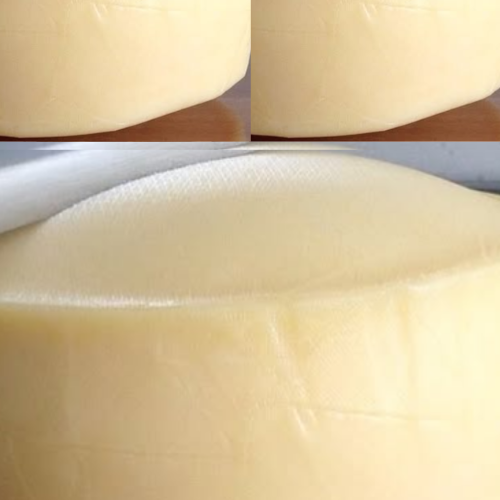Method:
Prepare the Milk: Heat the milk to around 98°F (37°C) and add the thermophilic culture. Let the milk ripen for about 45–60 minutes.
Add Rennet: Mix in the liquid rennet and let the milk rest for 20 minutes. You'll notice the milk starting to firm up.
Cut the Curd: After the milk has set, gently cut the curd into walnut-sized pieces. Let it rest for a few minutes and then stir gently for 10 minutes to separate the curds.
Remove Whey: Use a ladle to remove about 40% of the whey, then transfer the curds into a cheese mold lined with cheesecloth.
Steam the Curd: This is where the traditional "stufactura" step comes in. Place the cheese in a warm, steaming environment (about 90–100°F) for 1–1.5 hours. Turn the cheese every 30 minutes for optimal texture and flavor development.
Salting: Once the cheese has cooled to room temperature, submerge it in a salt brine for about 2 hours, flipping halfway through.
Aging: Let the cheese age in a cool environment (55–60°F) for up to 2 months, turning it regularly and wiping it down to prevent mold growth.
Variations & Substitutions:
Milk Variety: Try using different types of milk—cow, goat, or sheep—depending on your flavor preference.
Vegan Option: Unfortunately, you can’t easily make a vegan version of Caciotta due to the use of animal rennet, but there are plant-based cheeses that can give you a similar texture.
Tips:
Keep the milk at a steady temperature to ensure the best results.
Experiment with adding herbs or spices to the curd for additional flavors.
